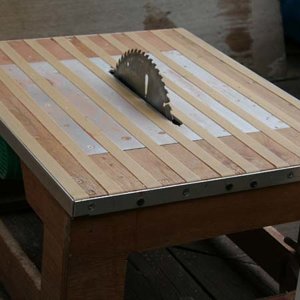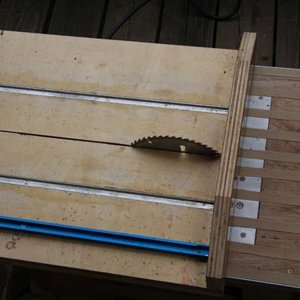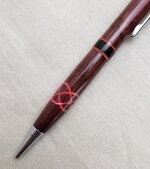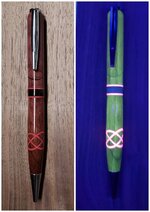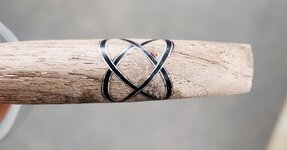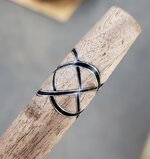sorcerertd
Member
I'm on a low budget and have only a contractor saw to work with at this point. I made a basic sled for it. Very basic. The thinnest kerf I can find in my budget is 3mm and that is too wide for most inserts unless it's a really fat pen. I mostly use aluminum cans and nylon guitar pick material at this point. I've used an exacto hand saw/miter box and a relatively thin Japanese pull saw, but don't really have the precision I want. I'm wondering if how this Harbor Freight mini cut-off saw would be. Anybody have experience with this to share? Any better options until I find a decent used bandsaw?

